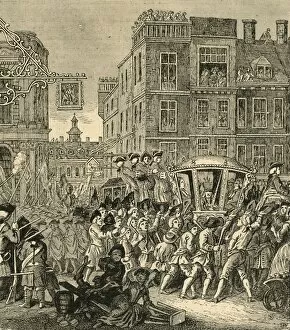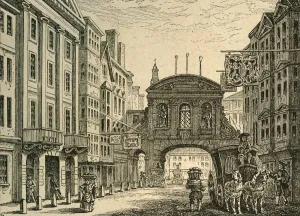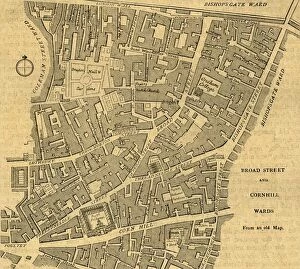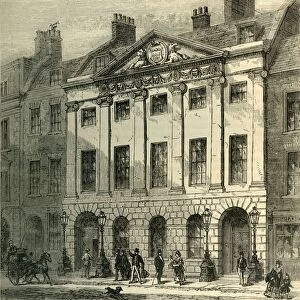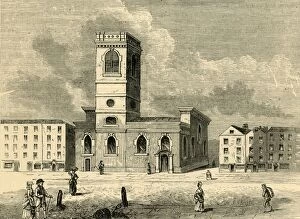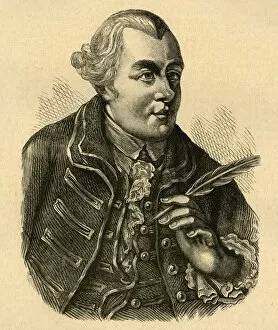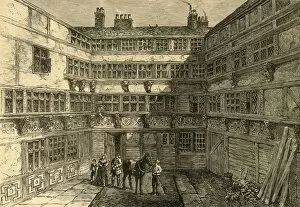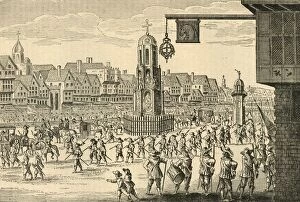George Walter Collection
George Walter was a man deeply rooted in history, a witness to the grandeur and turmoil of bygone eras
All Professionally Made to Order for Quick Shipping
George Walter was a man deeply rooted in history, a witness to the grandeur and turmoil of bygone eras. As I delve into his world, I am captivated by the snapshots that reveal his journey through time. In 1897, George Walter found himself amidst The Lord Mayors Procession. A spectacle of pomp and pageantry, he marveled at the vibrant colors and lively atmosphere that filled the streets. Though its creator remains unknown, this image immortalizes an event etched in George's memory. The Morning Before the Massacre of St. Bartholomew also caught George's attention as he perused "Once a Week. " This haunting depiction transported him back to a dark chapter in history when violence stained the streets with blood. It served as a reminder of humanity's capacity for both love and hate. As George explored The Church of St. Benet Fink from an Old View, he felt connected to something greater than himself—a sense of spirituality that transcended time itself. Its creator may be unknown, but their artistry allowed George to glimpse into centuries past. A peculiar object caught George's eye—an hourglass resting on a pulpit in 1897. Its purpose was clear: reminding all who listened that time is fleeting and should not be wasted frivolously. Created by an anonymous hand, it symbolized mortality and urged reflection upon one's actions. Strolling through St Pauls and Neighbourhood in 1897, George marveled at its architectural splendor—majestic spires reaching towards heaven itself. Unknown hands had crafted this masterpiece; yet it stood tall as a testament to human ingenuity throughout generations. Bridewell after the Fire fascinated George with its resilience against destruction—a phoenix rising from ashes once more. An old print guided him through history while revealing how human determination can rebuild even amidst devastation. The Custom House - Time of Elizabeth transported George back to c1872, a time of exploration and expansion.

